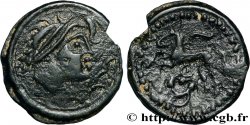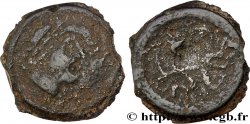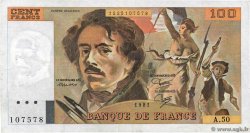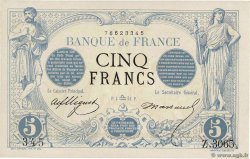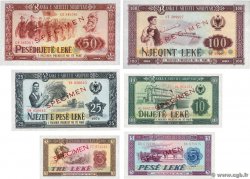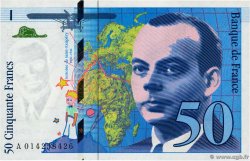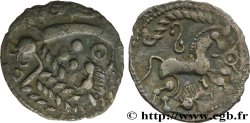Live auction - bga_382247 - PARISII (Area of Paris) Statère d'or, classe VIIb
You must signin and be an approved bidder to bid, LOGIN TO BID. Accounts are subject to approval and the approval process takes place within 48 hours. Do not wait until the day a sale closes to register. Clicking on "BID" constitutes acceptance of the terms of use of cgb.fr private live auctions.
Bids must be placed in whole Euro amounts only. The sale will start closing at the time stated on the item description; any bids received at the site after the closing time will not be executed. Transmission times may vary and bids could be rejected if you wait until the last second. For further information check the Live auction FAQ
All winning bids are subject to a 18% buyer’s fee.
All winning bids are subject to a 18% buyer’s fee.
| Estimate : | 20 000 € |
| Price : | 9 000 € |
| Maximum bid : | 12 000 € |
| End of the sale : | 01 March 2016 15:41:24 |
| bidders : | 1 bidder |
Type : Statère d'or, classe VIIb
Date: c. 60-52 AC.
Mint name / Town : Paris (75)
Metal : gold
Diameter : 20,5 mm
Orientation dies : 12 h.
Weight : 6,89 g.
Rarity : R2
Coments on the condition:
Monnaie frappée sur un flan court et épais, assez irrégulier avec des éclatements de frappe. Types à peu peu près bien centrés, avec des faiblesses de frappe. Patine rougeâtre par endroits, un peu terne
Catalogue references :
Obverse
Obverse legend : ANÉPIGRAPHE.
Obverse description : Tête stylisée à droite, volute devant le visage ;grènetis.
Reverse
Reverse legend : ANÉPIGRAPHE.
Reverse description : Cheval bondissant à gauche ; au-dessus, un filet ; entre les jambes, quatre globules posés en carré ; grènetis.
Commentary
La classe VII, l’ultime du monnayage parisii, regroupe la classe VIIa avec le petit triskèle (connue seulement depuis quelques décennies) et cette classe VIIb avec uniquement la rosace formée de quatre globules. La classe VIIa est caractéristique avec un coin de droit souvent cassé et la classe VIIb avec des flans présentant quasi systématiquement des éclatements de frappe.
Cet exemplaire semble n’être que le quatrième connu, selon les travaux de J. Sills (qui reprend ceux de J.-B. Colbert de Beaulieu), après le BN 7787, le n° 251 de la vente Bourgey du 3 décembre 1909 et le n° 620 de la vente Bourgey du 17 juin 1959. Notre statère est frappé avec de nouveaux coins. Ces coins, D3 (caractéristique avec les deux globules au niveau du coin de l'œil) et R3, ne sont donc connus que pour cet exemplaire.
Cet exemplaire semble n’être que le quatrième connu, selon les travaux de J. Sills (qui reprend ceux de J.-B. Colbert de Beaulieu), après le BN 7787, le n° 251 de la vente Bourgey du 3 décembre 1909 et le n° 620 de la vente Bourgey du 17 juin 1959. Notre statère est frappé avec de nouveaux coins. Ces coins, D3 (caractéristique avec les deux globules au niveau du coin de l'œil) et R3, ne sont donc connus que pour cet exemplaire.







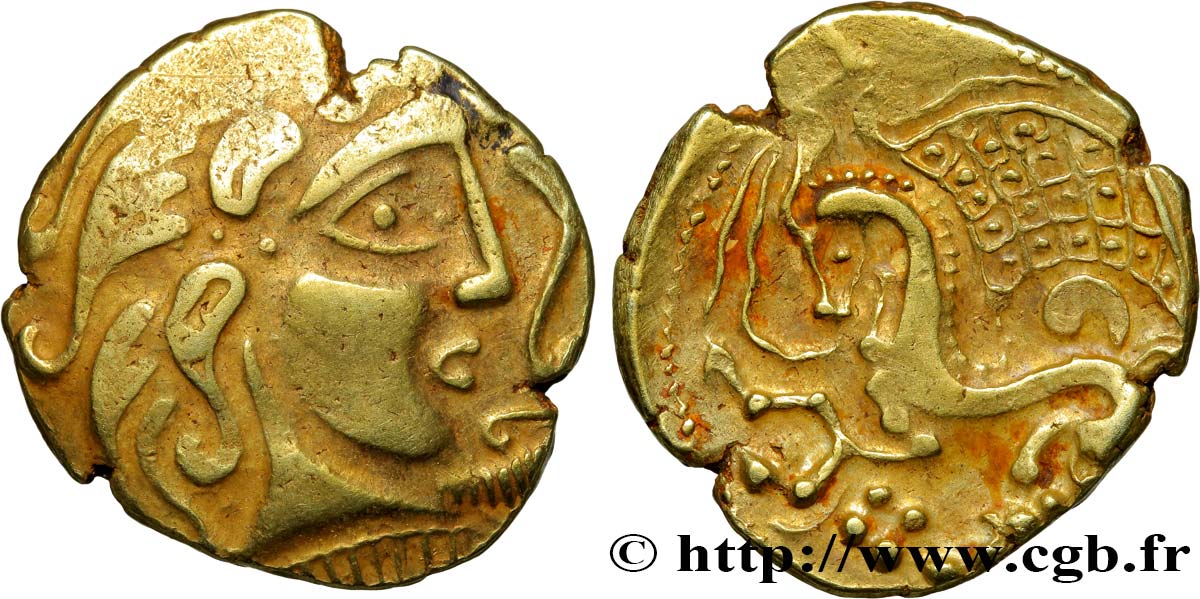
 Report a mistake
Report a mistake Print the page
Print the page Share my selection
Share my selection Ask a question
Ask a question Consign / sell
Consign / sell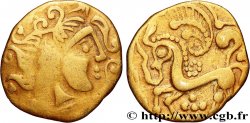
 Full data
Full data